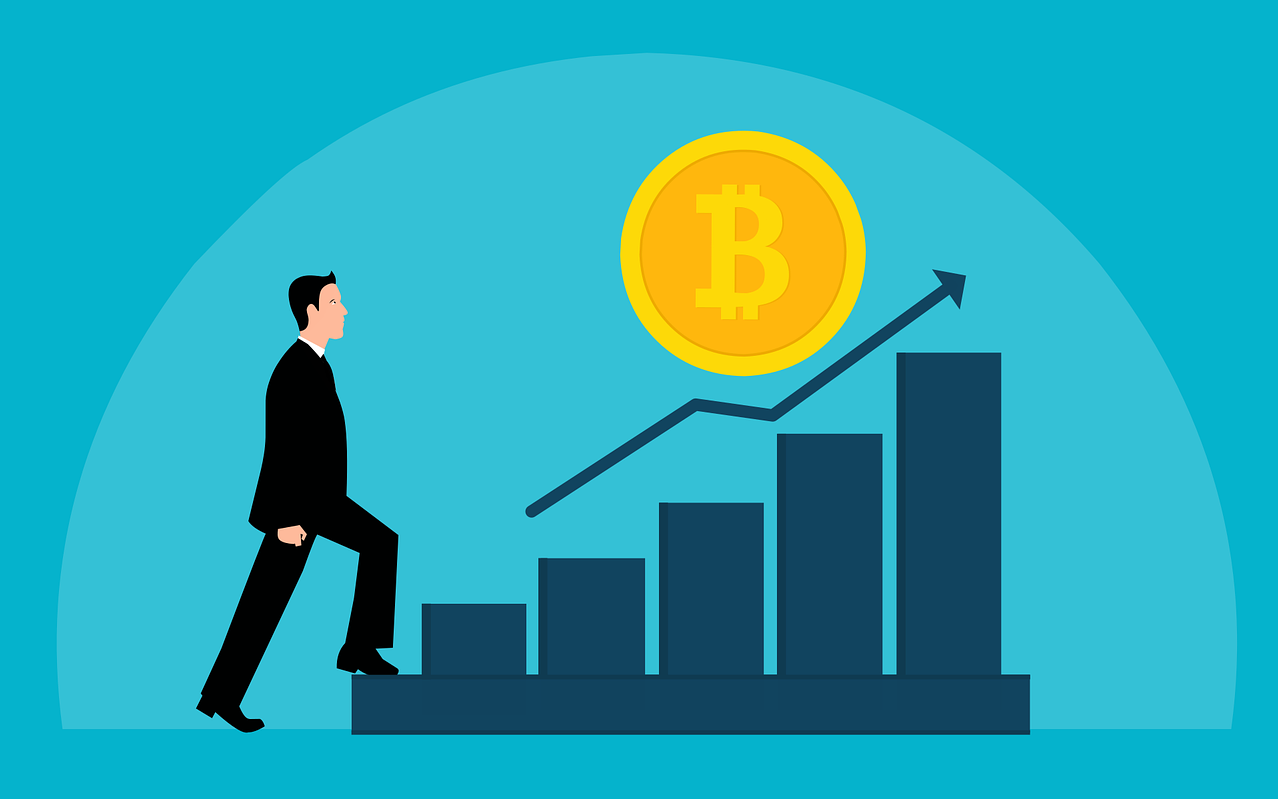The Bitcoin protocol, known for its deliberate pace, is gearing up for a significant upgrade with the imminent release of Bitcoin Core version 0.21. In this journey of evolution, the network faces challenges that go beyond just code changes; it involves navigating the intricacies of consensus, network forks, and the delicate balance of rule adjustments. This article will describe the phenomena connected to bitcoin upgrading.

The Unraveling Tapestry of Bitcoin Evolution
The Bitcoin network, with its vast array of nodes, miners, and participants, operates on the principles of consensus. Upgrading it requires meticulous planning, as any deviation can lead to a fork, splitting the network into separate chains, each with its own value and consequences. This process, while necessary for growth, brings forth a series of challenges and debates.
Network Forks and the Consensus Conundrum
Bitcoin’s strength lies in its distributed nature, with each node validating transactions since the inception of the Blockchain. However, proposing changes to the rules can trigger a split, disrupting the consensus. This delicate dance involves convincing a majority to adopt new rules, a process prone to disagreements that can impact the stability and value of Bitcoin.
Splitting the Chain: A Balancing Act
Imagine two factions within the Bitcoin network, each advocating for different rules, say, regarding the creation of new Bitcoins. This creates a split, with each side controlling a portion of nodes and miners. The ongoing tussle between the ‘limited’ and ‘inflation’ camps exemplifies the complexities, as a longer chain dominance perpetuates the split, challenging the network’s integrity.
Tightening and Loosening the Rules
Changing Bitcoin’s consensus rules involves either tightening or loosening them. Expanding the rule set, as seen in a ‘hard fork,’ demands careful consideration, as it risks a chain split. On the other hand, a ‘soft fork’ involves tightening rules, ensuring backward compatibility. However, both paths require meticulous engineering and support from a significant network majority.
Soft Forks and Hard Forks: The Fork in the Road
There are two paths of rule adjustment: soft forks and hard forks. Soft forks allow backward compatibility, while hard forks, with their inherent risk of a split, signify a more significant change. The challenge lies in executing these forks smoothly, avoiding disruptions and maintaining the network’s integrity.
Safely Activating Soft Forks: A Delicate Balance
The activation of soft forks relies on mechanisms like miner signaling or user-activated soft forks (‘flag days’). The former gives miners a say in upgrades, while the latter empowers users to enforce rule changes. However, both methods have their complexities and potential pitfalls, as witnessed in past scaling debates.
Dangers of Soft Forks: Navigating the Risks
While soft forks are often favored for their compatibility, they come with their set of dangers. Implementing protocol updates through a soft fork could lead to unintended consequences, affecting the security and functionality of the network. Striking the right balance is crucial to prevent catastrophic outcomes.
FAQs
- How often does Bitcoin undergo upgrades?
- Bitcoin upgrades occur sporadically, driven by the need for rule adjustments and network improvements. The frequency depends on the consensus among the vast network of participants.
- Why is consensus crucial in Bitcoin’s evolution?
- Consensus ensures that all participants in the Bitcoin network agree on rule changes, preventing forks and maintaining the integrity of the cryptocurrency.
- How can ForestVPN enhance crypto security?
- ForestVPN provides an added layer of security for crypto transactions by offering robust encryption and privacy features. It acts as a shield against potential pitfalls in the crypto realm.

